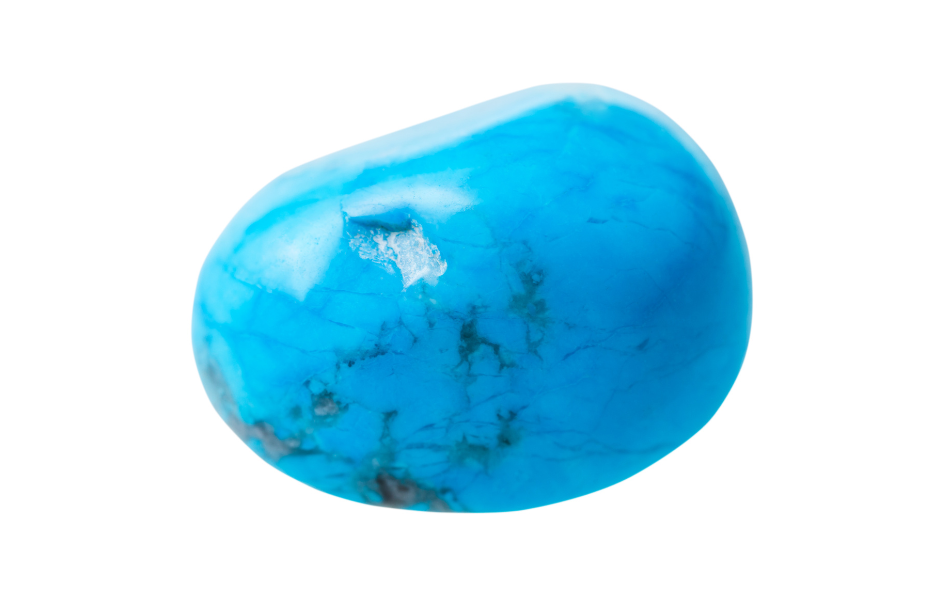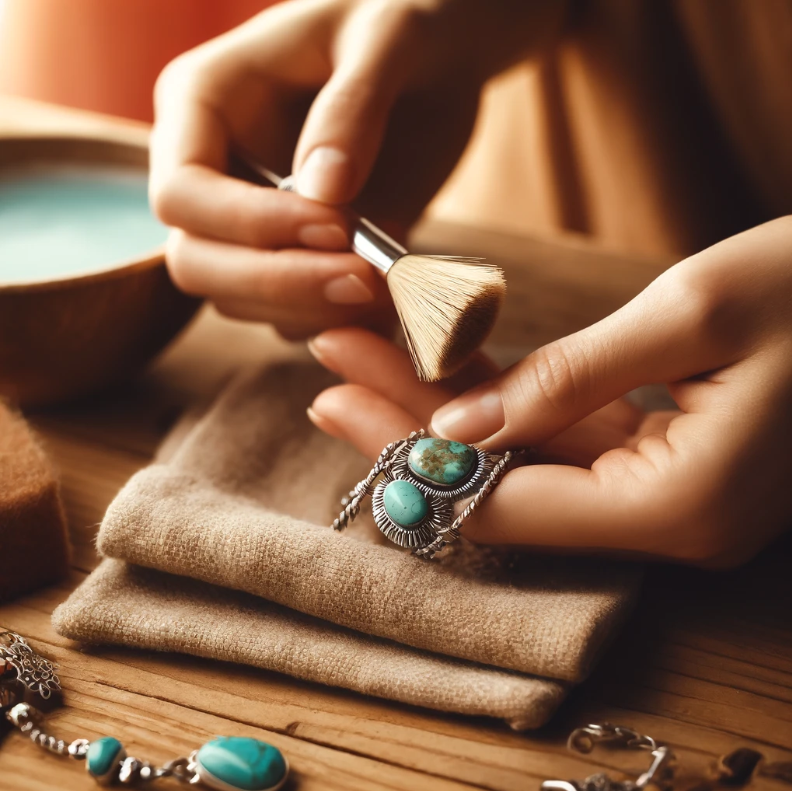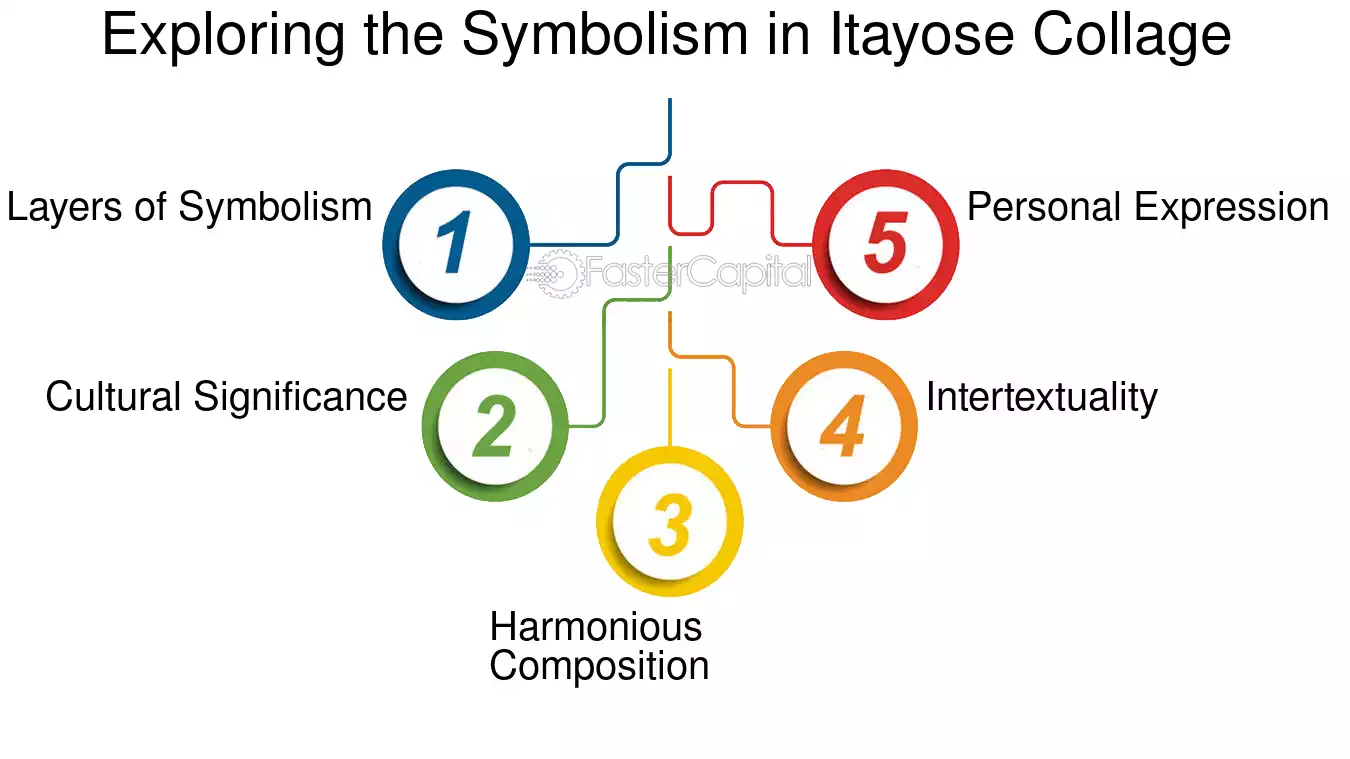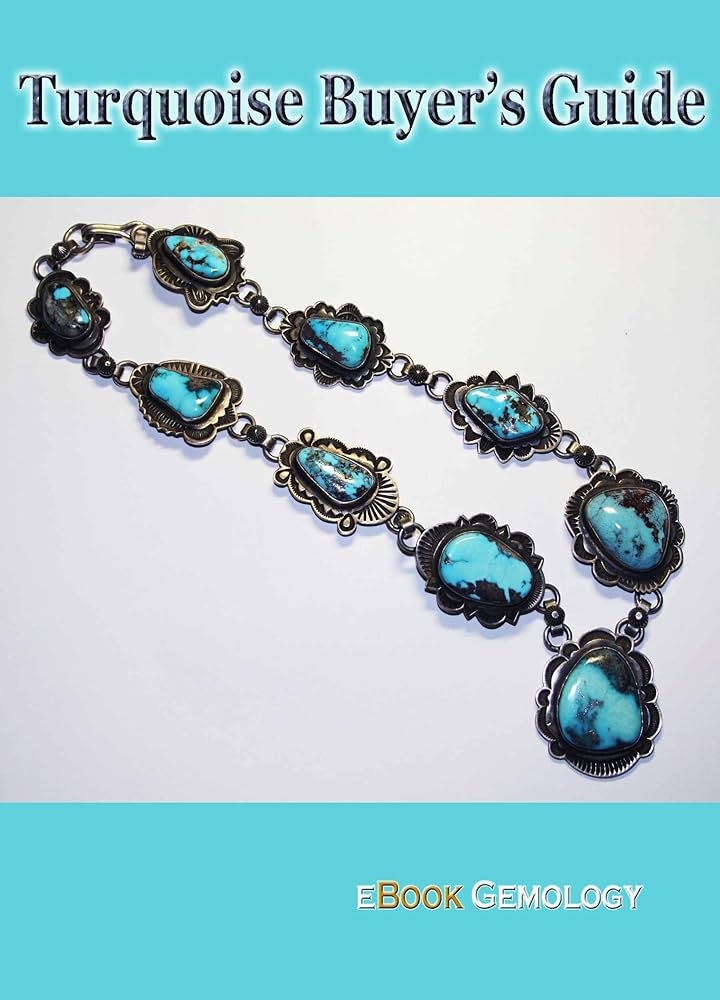Design and the hardness of turquoise play a crucial role in determining its suitability for jewelry. Understanding these characteristics allows enthusiasts to appreciate its beauty and make informed choices about incorporating this vibrant gemstone into their collections.
Understanding the Composition and Resilience of Turquoise
The allure of turquoise lies not only in its captivating appearance but also in its unique properties that define its use in jewelry and decorative items. A key aspect that potential buyers and jewelry enthusiasts should understand is the hardness of turquoise, which plays a significant role in determining its suitability for various applications. By exploring the turquoise hardness scale and how it compares to other gemstones, one can gain a deeper appreciation for this sought-after mineral.
Unveiling the Unique Properties of Turquoise
Turquoise is a hydrated copper and aluminum phosphate that has been revered throughout history for its distinctive appearance and cultural significance. It typically ranges in color from blue to green, depending on its copper and iron content. This unique composition contributes to its hardness of turquoise gemstone, which generally falls between 5 and 6 on the Mohs hardness scale.
Understanding the turquoise properties gives insight into why this gemstone has captivated people for centuries. Its matrix, often featuring beautiful veining and inclusions, adds character and beauty. Additionally, the gemstone is not only admired aesthetically but is also believed to possess protective qualities, further enhancing its value in various jewelry pieces.
Evaluating the Relative Strength on the Mohs Hardness Scale
When it comes to evaluating the turquoise Mohs hardness, comparing it with other gemstones provides a clearer perspective on its resilience. While modern jewelry often includes stronger materials like diamonds and sapphires, turquoise offers a unique charm that can be quite durable if adequately cared for.

Considering turquoise vs other gemstones, it’s important to note that despite its moderate hardness, turquoise can be more prone to scratching or damage compared to harder stones. This understanding is crucial for those looking to wear turquoise regularly, as it may influence settings and styles best suited for daily wear versus occasional adornment.
Essential Care Tips for Preserving Turquoise Jewelry
To ensure the longevity of turquoise jewelry, lovers of this gemstone must adopt specific care practices. Care for turquoise jewelry is essential, as its unique composition makes it susceptible to damage if not properly maintained.
Best Practices for Maintaining Turquoise Integrity
When caring for turquoise, avoid exposing it to harsh chemicals or extreme temperatures. Water and cleaning solutions can cause discoloration or damage its surface, so it’s best to clean turquoise pieces solely with a soft, damp cloth.

Additionally, storing turquoise separately from harder gemstones can prevent scratching. Utilize soft pouches or specialized jewelry boxes to protect your pieces. By adhering to these best practices, you can significantly enhance the durability of turquoise and ensure it remains a cherished part of your collection.
Enhancing Wearability Through Smart Choices
Understanding turquoise wearability extends beyond daily care practices. Choosing the right mountings and settings can contribute to a piece’s overall resilience. For instance, select more protective settings like bezels, which encase the stone and provide additional support.
Furthermore, consider the lifestyle of the wearer. If worn frequently, opting for a thicker piece of turquoise that can withstand occasional wear and tear can be beneficial. Combining this knowledge with proper care tips will help maintain both the beauty and usability of your turquoise jewelry.
Exploring Symbolism and Cultural Significance
The cultural significance of turquoise is vast and varied, weaving through history and tradition across many civilizations. Many believe that turquoise is not merely an ornament but a powerful symbol of strength and protection that remains relevant today.
Turquoise in Historic Contexts
Historically, turquoise has held great value among many indigenous cultures. For example, Native American tribes have long regarded turquoise as a stone of protection and good fortune, often incorporating it into their ceremonial regalia and adornments.
In addition to its protective qualities, turquoise has been associated with healing. Many believe that wearing turquoise can promote emotional balance and alleviate stress, enriching the connection between the wearer and the gemstone.

Modern Interpretations of Turquoise’s Symbolism
In contemporary times, turquoise continues to symbolize tranquility and self-awareness. Its rich history makes it a favored choice for special occasions, such as weddings and anniversaries, where personal sentiment is paramount.
Understanding the symbolism attached to turquoise can enhance the emotional value of the jewelry that features this gemstone. Choosing turquoise not only adds a beautiful pop of color but also embraces a piece of history and meaning that resonates with the wearer.
Practical Buying Guide for Turquoise Jewelry
Navigating the purchase of turquoise jewelry requires understanding what to look for to ensure you acquire a piece that is both authentic and suitable for your needs. The market offers a range of options, making informed decisions crucial for buyers.
Key Aspects to Consider When Purchasing Turquoise
As you evaluate potential purchases, pay attention to the stone’s hardness of turquoise and how it aligns with your intended use. If planning to wear the piece frequently, selecting high-quality turquoise with a higher Mohs rating will provide extra durability.
In addition, observe the craftsmanship involved in the jewelry construction. Well-made pieces will have secure settings and show attention to detail. Be wary of artificially enhanced stones, as genuine turquoise carries more value and integrity in jewelry making.
Selecting Authentic versus Imitation Turquoise
Recognizing how hard is turquoise and its various forms can help you differentiate between authentic and imitation. Turquoise is often mistaken for softer materials or dyed stones. Always inquire about the source and materials used, and if possible, seek certification from reputable jewelers or appraisers.

Incorporating knowledge about turquoise properties and its market variants will empower you as a buyer, enabling you to make thoughtful choices that resonate with both your style and appreciation for this unique gemstone.
Design choices for turquoise jewelry can benefit from understanding the hardness of turquoise, which informs wearability and care. By grasping these essential aspects, enthusiasts can confidently appreciate and select durable, captivating pieces for their collections.
